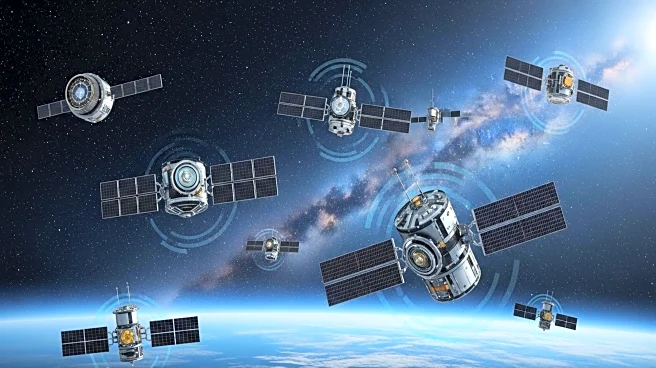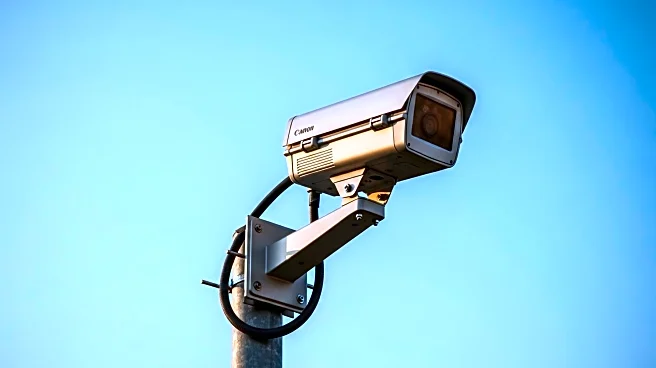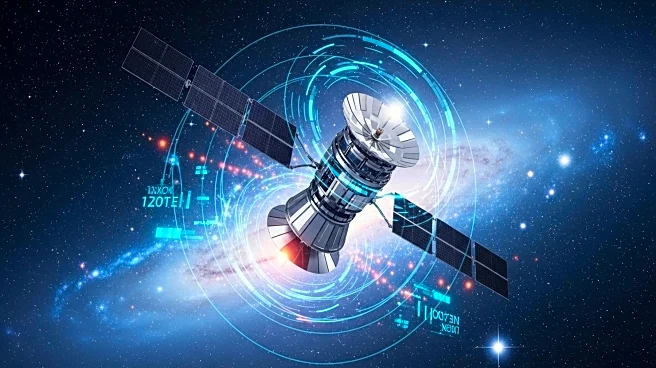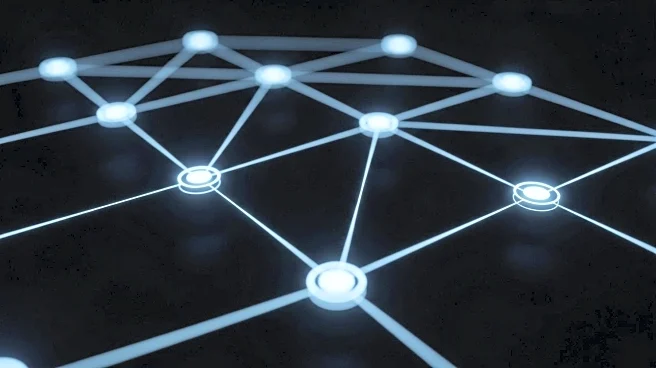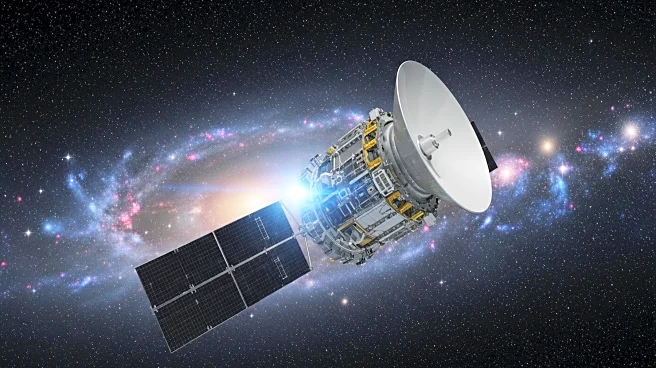What is the story about?
What's Happening?
AT&T's Senior Vice President and Network CTO, Yigal Elbaz, has provided a strategic update following the company's acquisition of 50 megahertz of EchoStar's low- and mid-band spectrum for $23 billion. This acquisition is part of AT&T's broader plan to enhance its 5G fixed wireless access (FWA) offerings, which are becoming increasingly competitive against traditional cable companies in the home broadband market. Elbaz emphasized the company's commitment to maintaining leadership in advanced networking by deploying the newly acquired 30 megahertz of mid-band 3.45 GHz spectrum quickly through software upgrades. This move is intended to support areas where fiber is not yet available, allowing AT&T to offer FWA as an interim solution. Additionally, AT&T has acquired 20 megahertz of nationwide low-band spectrum in the 600 MHz band, which will require new radio deployments across its network. The company is also advancing its network modernization efforts by migrating off legacy copper infrastructure.
Why It's Important?
The strategic acquisition and deployment of new spectrum by AT&T are crucial for maintaining its competitive edge in the rapidly evolving telecommunications industry. By expanding its 5G capabilities, AT&T is positioning itself to capture a larger share of the home broadband market, traditionally dominated by cable companies. This expansion is significant as it aligns with the growing demand for wireless and converged services among consumers. The move also supports AT&T's network modernization efforts, which are essential for handling increased data traffic driven by AI and IoT applications. Furthermore, AT&T's commitment to open RAN technology, as evidenced by its $14 billion deal with Ericsson, highlights its focus on innovation and adaptability in network infrastructure, which could lead to more efficient and flexible service delivery.
What's Next?
AT&T plans to continue deploying its newly acquired spectrum to enhance its 5G offerings, with a focus on areas lacking fiber infrastructure. The company is also expected to integrate open RAN technology across 70% of its wireless network traffic by late 2026, which will involve collaboration with Ericsson and other third-party radio providers. As AT&T progresses with its network modernization, it will likely face challenges related to the deployment of new radios and the adaptation to shifting data patterns. Additionally, the company is exploring direct-to-device services provided by non-terrestrial networks, which could offer new connectivity solutions in underserved areas. The ongoing development of 6G technology, with standardization efforts already underway, may further influence AT&T's strategic direction in the coming years.
Beyond the Headlines
AT&T's strategic moves reflect broader trends in the telecommunications industry, including the shift towards more flexible and software-driven network architectures. The company's focus on virtualization and cloud-based networking, particularly through its partnership with Microsoft, underscores the importance of integrating AI into wireless architecture. This approach challenges the traditional 10-year cycle of cellular network generations, suggesting a future where network advancements occur more rapidly through software updates. The exploration of non-terrestrial networks for direct-to-device services also highlights the potential for innovative connectivity solutions that could address coverage gaps in remote areas.
AI Generated Content
Do you find this article useful?


